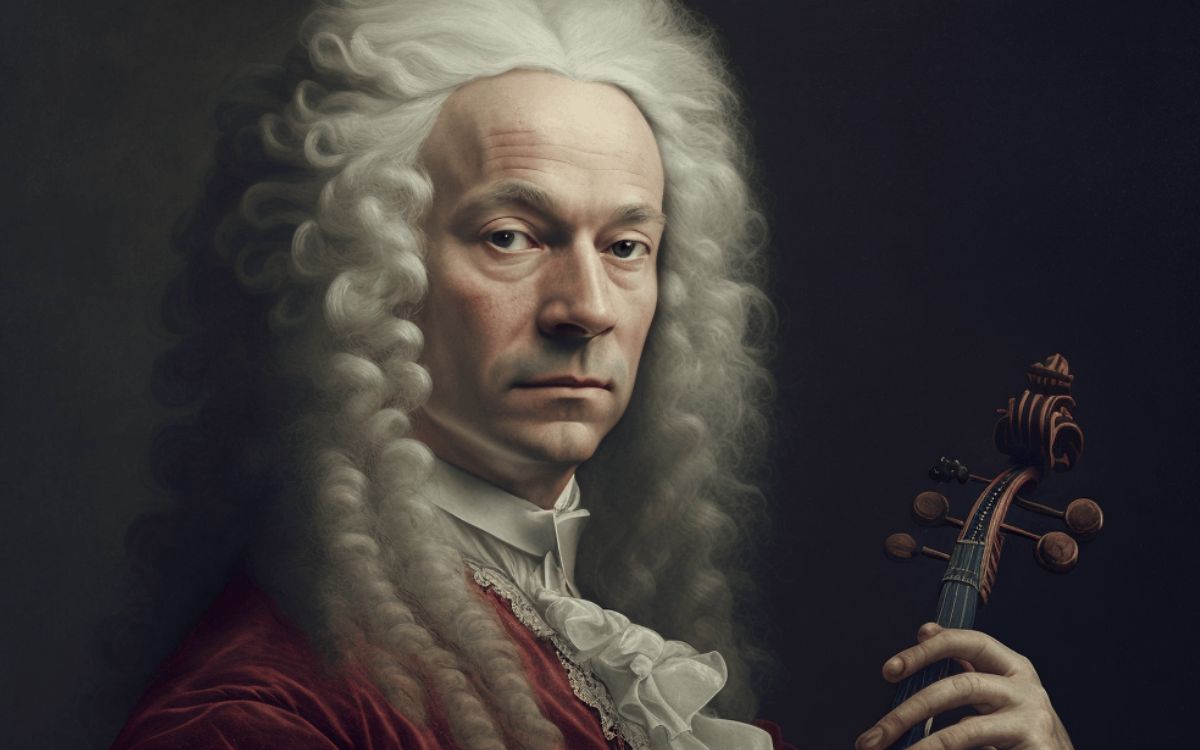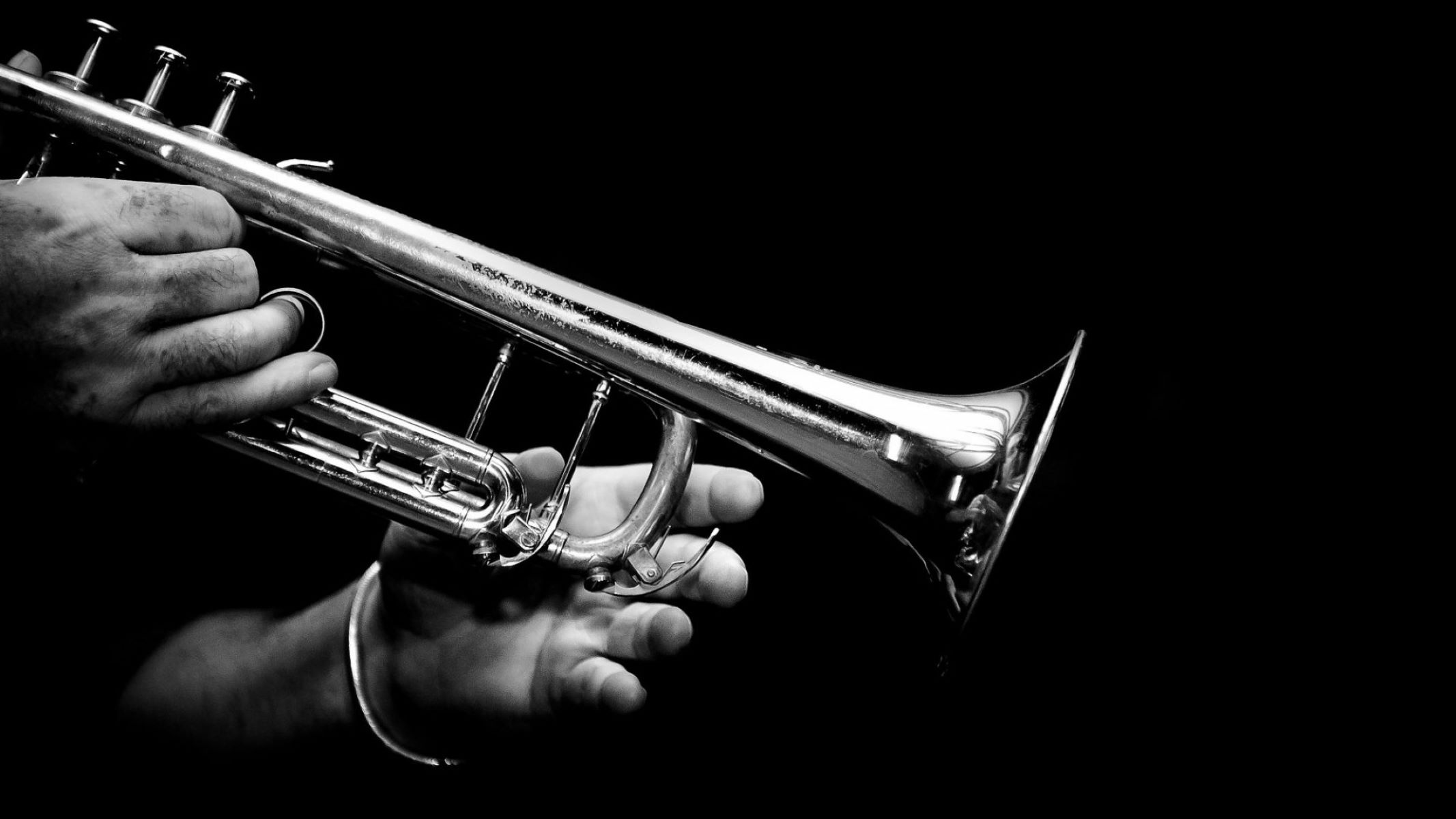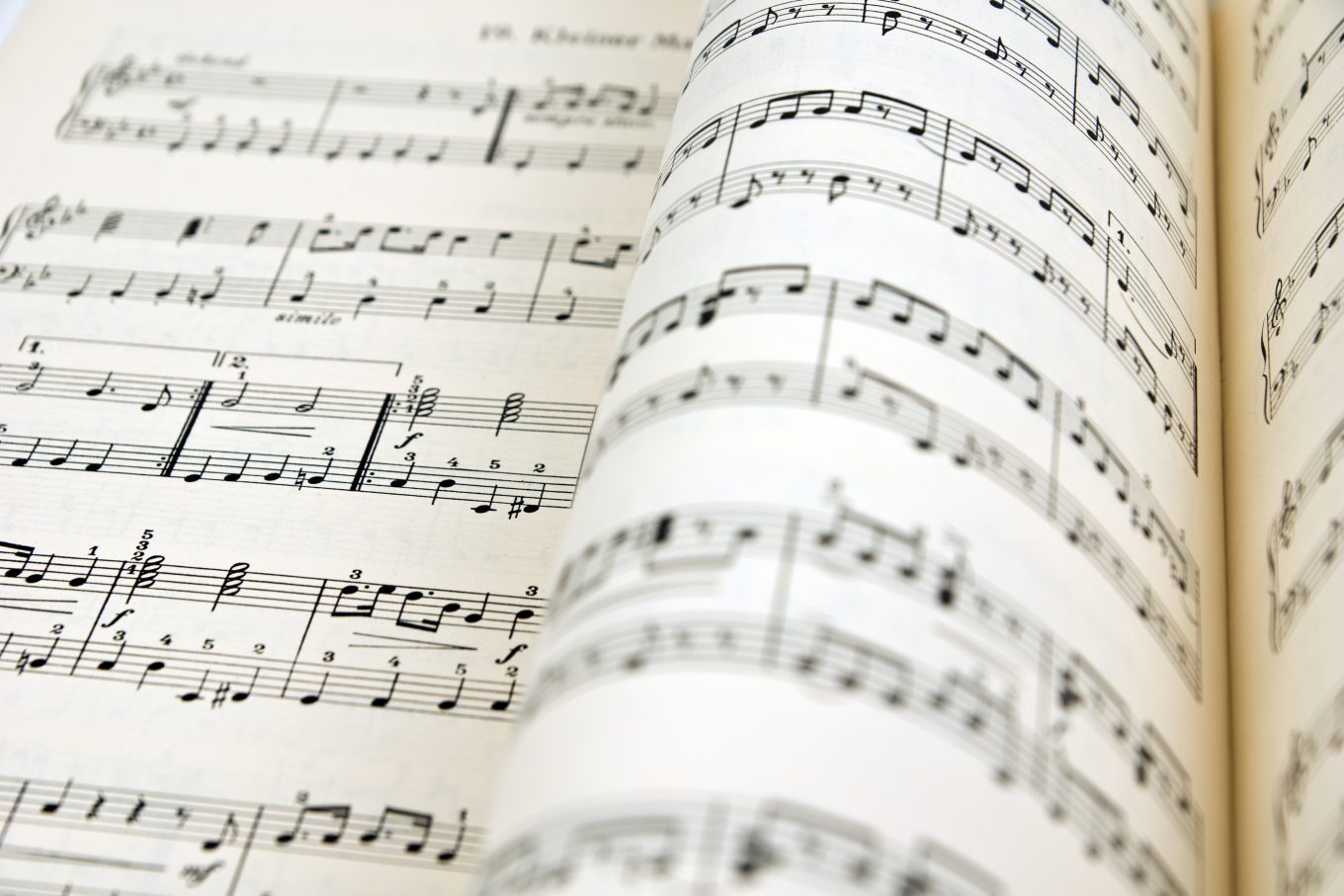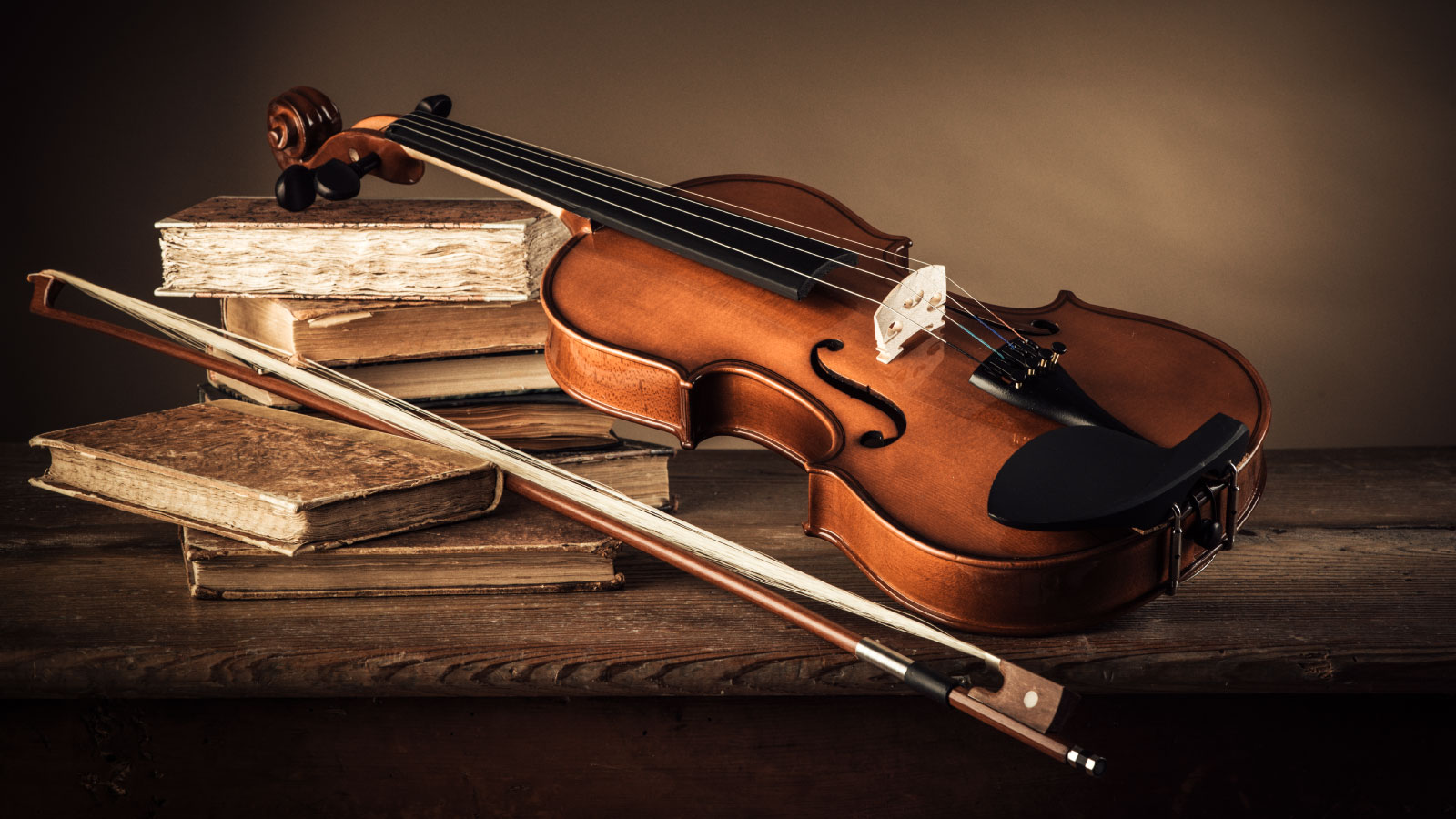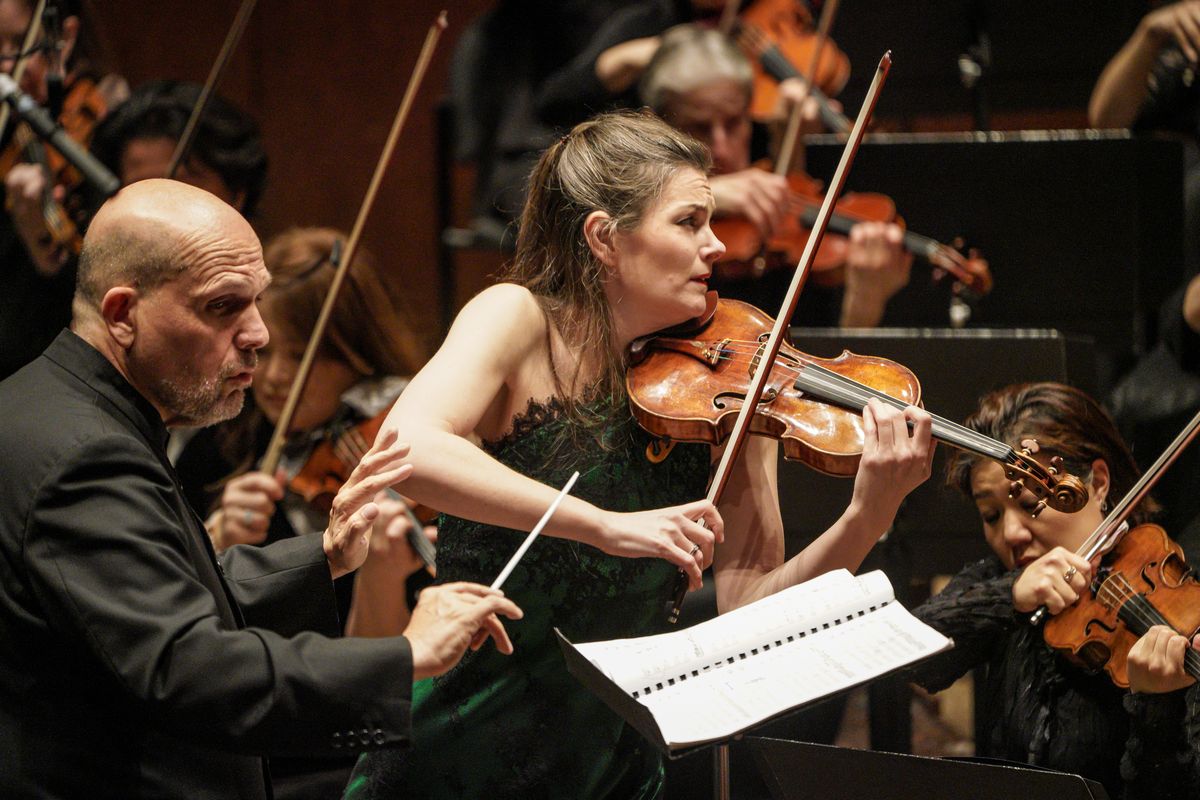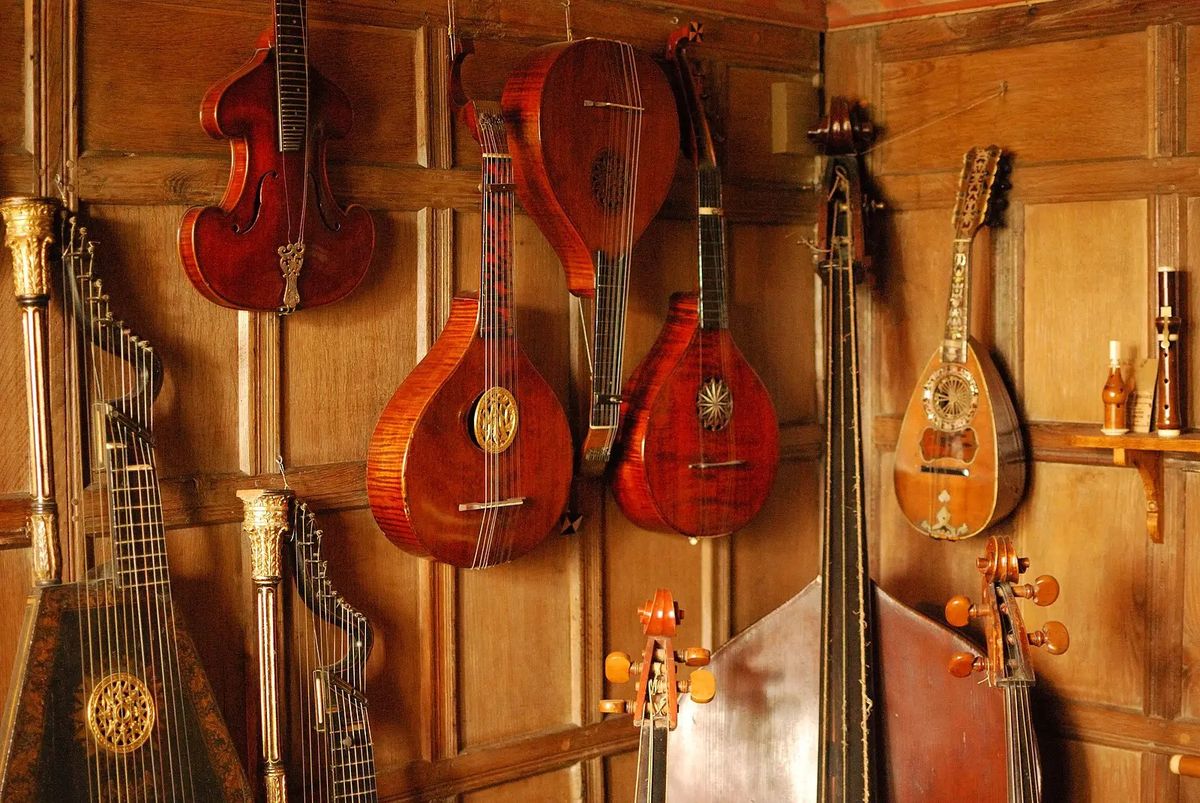Home>Genres>Classical>What Are The Most Famous Pieces Of Classical Music
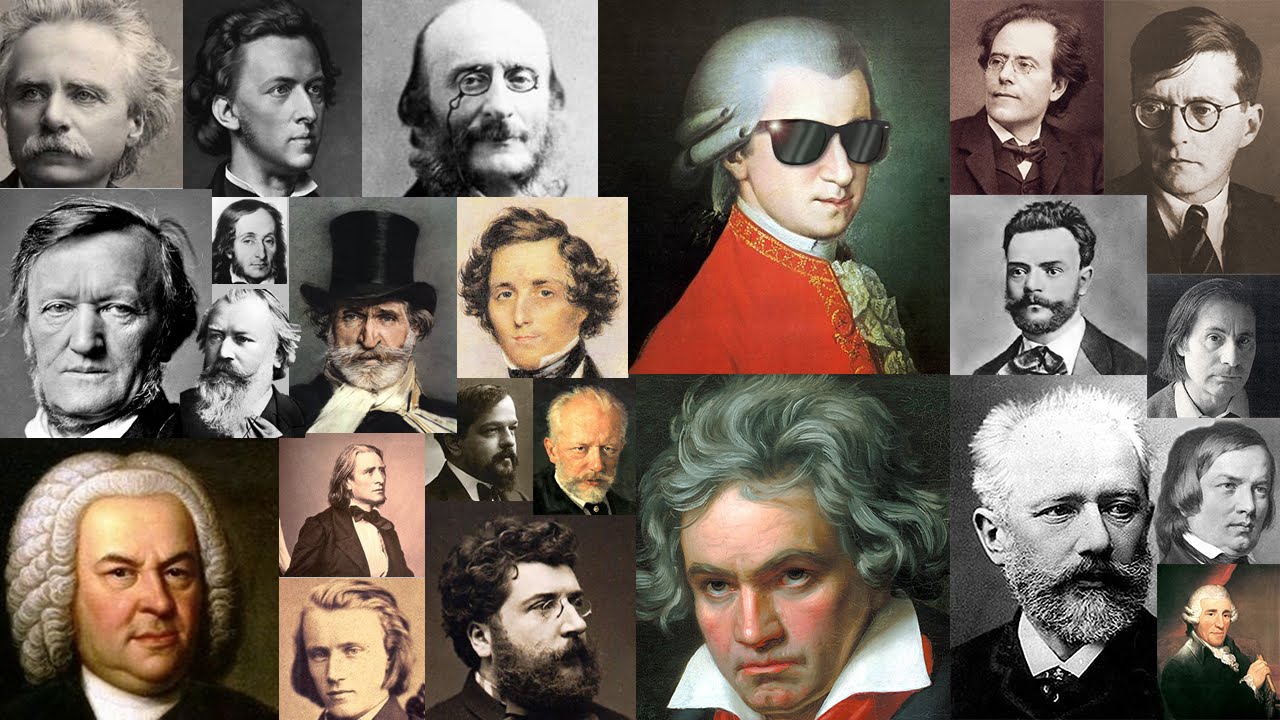

Classical
What Are The Most Famous Pieces Of Classical Music
Modified: January 22, 2024
Discover the most famous pieces of classical music and experience the timeless beauty of the genre. Immerse yourself in the world of classical music and be captivated by its rich history and enchanting melodies.
(Many of the links in this article redirect to a specific reviewed product. Your purchase of these products through affiliate links helps to generate commission for AudioLover.com, at no extra cost. Learn more)
Table of Contents
Introduction
Classical music is a rich and diverse genre that has captivated audiences for centuries. Its timeless compositions, composed by legendary maestros, have stood the test of time and continue to enchant listeners of all generations. From symphonies to concertos, fugues to sonatas, classical music spans a wide range of styles and emotions, each piece unveiling a unique exploration of musical expression.
In this article, we will dive into the world of classical music and explore some of the most famous and iconic compositions ever created. Whether you are a seasoned classical music enthusiast or a newcomer to the genre, this list will introduce you to a collection of brilliant works that have shaped the landscape of classical music and left an indelible mark on history.
From the grandeur of Beethoven’s symphonies to the elegance of Mozart’s compositions, each piece on this list represents a pinnacle of musical achievement. These timeless compositions continue to be performed in concert halls around the world and have become an integral part of our cultural heritage.
As we delve into the world of classical music, you will discover the brilliance of composers such as Bach, Tchaikovsky, Vivaldi, Handel, Pachelbel, Debussy, Chopin, and Strauss. Each composer brings their own unique style and voice to the table, resulting in a rich tapestry of melodies, harmonies, and emotions that transcend time and place.
So, get ready to embark on a musical journey through the ages, as we explore the fascinating and enduring world of classical music. Let us begin our exploration of these masterpieces, starting with Beethoven’s Symphony No. 9.
Beethoven’s Symphony No. 9
Beethoven’s Symphony No. 9, also known as the “Choral Symphony,” is undoubtedly one of the most famous and influential pieces in the classical music repertoire. Composed between 1822 and 1824, it stands as Beethoven’s final complete symphony and a testament to his mastery of the form.
The Symphony No. 9 is renowned for its revolutionary use of a choir in the final movement, breaking the boundaries of traditional symphonic compositions. The grandeur and emotional depth of this symphony are unparalleled, capturing a range of emotions from triumph to despair.
The symphony is comprised of four movements. The first movement, Allegro ma non troppo, introduces a sense of urgency and drama, setting the stage for the rest of the symphony. The second movement, Scherzo: Molto vivace, is a lively and energetic dance-like movement, contrasting with the weightiness of the first movement.
The third movement, Adagio molto e cantabile, is a sublime and lyrical section that showcases Beethoven’s ability to create profound beauty. It is marked by tender melodies and delicate harmonies that evoke a sense of introspection and contemplation.
However, it is the fourth movement, marked by the famous “Ode to Joy” theme, that truly defines this symphony. The choir enters with powerful vocal lines, singing Friedrich Schiller’s poem with heartfelt conviction. Beethoven’s vision of universal brotherhood and joy transcends language and captures the essence of the human spirit.
Beethoven’s Symphony No. 9 remains a masterpiece that continues to inspire and move audiences to this day. Its enduring popularity and significance in the classical music world make it a must-listen for anyone seeking to delve into the rich tapestry of classical compositions.
Mozart’s Symphony No. 40
Wolfgang Amadeus Mozart, a musical prodigy of the classical era, composed an extensive body of work that has left an everlasting impact on the world of classical music. One of his most revered compositions is Symphony No. 40 in G minor, considered one of the masterpieces of the symphonic repertoire.
Completed in 1788, Symphony No. 40 showcases Mozart’s immense talent for crafting captivating melodies and intricate harmonies. The symphony consists of four movements, each displaying a distinct character and emotional depth.
The first movement, Molto allegro, immediately captures the listener’s attention with its dramatic opening. It features a sense of urgency and restlessness, characterized by fast-paced rhythms and intense musical motifs.
In contrast, the second movement, Andante, presents a more gentle and lyrical atmosphere. Its flowing melodies and graceful phrasing showcase Mozart’s ability to evoke profound emotions through his music. This movement truly exemplifies the beauty and elegance for which Mozart’s compositions are renowned.
The third movement, Menuetto: Allegretto, is a lively and spirited dance that adds a touch of elegance to the symphony. Its charming melodies and playful rhythms provide a delightful contrast to the more serious tone of the previous movements.
The symphony concludes with a powerful and exhilarating fourth movement, Allegro assai. It combines elements of drama, urgency, and virtuosity, leaving the listener in awe of Mozart’s compositional genius. The symphony reaches a thrilling climax, showcasing Mozart’s ability to create tension and release in a truly captivating manner.
Mozart’s Symphony No. 40 in G minor is a testament to his unrivaled musical genius. Its emotional depth, complex harmonies, and memorable melodies have solidified its place as one of the most important symphonic works of all time. Whether you are a seasoned classical music lover or new to the genre, Symphony No. 40 is a must-listen that will captivate and enchant you with its timeless beauty.
Bach’s Brandenburg Concerto No. 3
Johann Sebastian Bach, an icon of Baroque music, composed a collection of six instrumental works known as the Brandenburg Concertos. Among these, Brandenburg Concerto No. 3 in G major shines as a masterpiece of the orchestral repertoire.
Written around 1721, the Brandenburg Concerto No. 3 is a prime example of the concerto grosso form, where a group of soloists (known as the concertino) interacts with a larger ensemble (known as the ripieno). Its magnificent composition showcases Bach’s unparalleled skill in counterpoint and his ability to create intricate musical dialogues.
The concerto opens with a lively and spirited movement marked by the brilliant interplay between the three solo instruments: violin, viola, and harpsichord. The energetic exchanges between the concertino and ripieno create a sense of joyful conversation and dazzling virtuosity.
The second movement, Adagio, presents a contrasting atmosphere of tranquility and lyricism. A single violin takes center stage, performing a beautiful and expressive melody accompanied by the ripieno ensemble. This movement highlights Bach’s craftsmanship in creating poignant and emotionally rich musical moments.
The final movement, Allegro, returns to the energetic character of the opening movement. It is a fast-paced and exuberant display of musical brilliance, with all the instruments engaging in a lively musical dialogue. The intricate counterpoint and rhythmic drive of this movement showcase Bach’s mastery of composition.
Brandenburg Concerto No. 3 is a true gem of Bach’s repertoire, celebrated for its technical intricacies, playful exchanges, and joyful spirit. Its enduring popularity among both performers and audiences is a testament to Bach’s exceptional compositional genius.
Whether you are a classical music connoisseur or a newcomer to the genre, Bach’s Brandenburg Concerto No. 3 is a must-listen. Immerse yourself in its vibrant melodies, intricate harmonies, and masterful interplay between instruments, and experience the timeless beauty of Bach’s music.
Tchaikovsky’s Swan Lake
Tchaikovsky’s Swan Lake is a ballet masterpiece that has taken the world by storm since its premiere in 1877. With its enchanting melodies, captivating storytelling, and breathtaking choreography, Swan Lake remains one of the most beloved and iconic ballets in the classical repertoire.
The ballet tells the story of Princess Odette, who is transformed into a swan by an evil sorcerer’s curse. Only true love can break the spell, and Prince Siegfried becomes determined to save her. The ballet is renowned for its dual role of Odette, the innocent white swan, and Odile, the seductive black swan, creating a dramatic dichotomy that showcases the dancers’ emotional range and technical skill.
Tchaikovsky’s score for Swan Lake is a work of art in itself. From the powerful and haunting Swan Theme to the lively and majestic Dance of the Swans, each piece showcases Tchaikovsky’s gift for melody and orchestration. The music perfectly captures the emotions and dramatic tension of the story, immersing the audience in a world of magic, love, and tragedy.
Swan Lake’s success lies not only in its stunning music but also in the intricate and expressive choreography. The gracefully synchronized movements of the corps de ballet, the technical prowess of the principal dancers, and the emotional duets between the lead characters all come together to create a visually mesmerizing experience.
Over the years, Swan Lake has become a staple in the repertoire of ballet companies worldwide. Its timeless story and beautiful music continue to captivate audiences of all ages. The ballet’s ability to evoke a range of emotions, from melancholy to exhilaration, makes it a true testament to Tchaikovsky’s genius.
Whether you are a ballet aficionado or new to the art form, witnessing Tchaikovsky’s Swan Lake is an unforgettable experience. Immerse yourself in the enchanting world of the ballet as the dancers gracefully glide across the stage, accompanied by Tchaikovsky’s magnificent score. It is a journey that will leave you spellbound and in awe of the power of classical music and dance.
Vivaldi’s The Four Seasons
Vivaldi’s masterpiece, The Four Seasons, is a collection of four violin concertos that have become some of the most widely recognized and beloved compositions in the classical music world. Each concerto in this set represents a different season of the year and beautifully depicts the emotions and elements associated with each one.
The Four Seasons was composed in the early 18th century and consists of four concertos: “Spring,” “Summer,” “Autumn,” and “Winter.” Each concerto is comprised of three movements and showcases Vivaldi’s exceptional ability to paint vivid musical landscapes.
In “Spring,” the first concerto of the set, Vivaldi captures the renewal and vibrancy of the season. The lively melodies and sparkling rhythms evoke images of blooming flowers, chirping birds, and the warmth of the sun. The contrast between the joyful, energetic passages and the peaceful, introspective moments creates a delightful musical narrative.
The second concerto, “Summer,” portrays the intense heat and volatile storms of the season. The vigorous and virtuosic violin solos, accompanied by the turbulent energy of the orchestra, depict thunderstorms and tempestuous weather. This concerto is a showcase of Vivaldi’s technical skill and ability to create vivid musical imagery.
“Autumn” brings a sense of nostalgia and harvest celebrations. The rich and warm melodies evoke images of bountiful crops and folk dances. The concerto captures the vibrant colors and pleasant crispness in the air as the season transitions from summer to winter.
Finally, “Winter” delves into the frigid and harsh elements of the season. The icy winds and snowflakes are portrayed through fast-paced violin passages and chilling harmonies. The concerto evokes a sense of isolation and longing, yet also captures the beauty and awe of the winter landscape.
Vivaldi’s The Four Seasons is a testament to his innovative compositions and remarkable ability to capture the intricacies of nature through music. The vivid imagery, emotional depth, and exquisite craftsmanship make it a timeless treasure in the classical music canon.
Whether you are a classical music enthusiast or new to the genre, The Four Seasons is a must-listen. Experience the joy, beauty, and power of Vivaldi’s masterful storytelling through music, and be transported to the different landscapes and seasons of the imagination.
Handel’s Messiah
Handel’s Messiah stands as one of the most celebrated and beloved oratorios in the classical music repertoire. Composed in 1741, this magnificent work showcases Handel’s mastery of choral writing and ability to create emotionally stirring and spiritually uplifting music.
Handel’s Messiah tells the story of the life, death, and resurrection of Jesus Christ, drawing primarily from biblical texts. Divided into three parts, the oratorio encompasses a range of musical styles, from majestic choruses and intimate arias to triumphant solos and powerful recitatives.
The opening chorus, “Comfort ye, my people,” sets the tone for the entire work. Its soaring melodies and rich harmonies create a sense of anticipation and hope, capturing the essence of the Messiah’s transformative message.
One of the most iconic movements in Messiah is the “Hallelujah Chorus” from Part II. This mighty chorus is widely recognized and frequently performed, evoking a sense of grandeur and jubilation. Its powerful choral lines and triumphant orchestral accompaniment have made it a staple of choral performances worldwide.
Handel’s gift for vocal composition is evident throughout the oratorio. The arias, performed by soloists, are moments of individual reflection and emotional depth. They range from tender and introspective to virtuosic and exuberant, showcasing the versatility and beauty of the human voice.
Handel’s Messiah is a testament to the enduring power of music in conveying profound emotions and spiritual truths. Its performances have become an essential part of the holiday season, with audiences worldwide coming together to experience the majesty and beauty of this iconic work.
Whether you are a devout follower of the Christian faith or simply appreciate the magnificence of Handel’s compositions, Messiah is a transcendent musical journey that touches the heart and uplifts the soul. Immerse yourself in the profound beauty of Handel’s Messiah, and be transported to a realm of divine inspiration and musical brilliance.
Pachelbel’s Canon in D
Pachelbel’s Canon in D is a timeless and enchanting piece of classical music that has captured the hearts of listeners for centuries. Composed by Johann Pachelbel in the late 17th century, this work has become one of the most recognized and beloved compositions in the world.
The Canon in D is a polyphonic composition that showcases Pachelbel’s mastery of counterpoint, a musical technique where multiple voices or melodic lines intertwine harmoniously. The piece is characterized by its repetitive bass line, known as the ground bass, which provides a steady foundation for the delicate and intricate melodies above.
The simplicity and elegance of the Canon in D lie in its melodic progression. The main theme is introduced and repeated throughout the piece, with each new voice joining in a seamless and continuous flow of harmonies. The interplay of the voices creates a sense of beauty and serenity that captivates the listener from beginning to end.
The Canon in D has found its way into countless weddings, films, and advertisements, thanks to its universal appeal and ability to evoke a range of emotions. Its soothing and tranquil nature makes it a popular choice for ceremonies and intimate occasions, creating an atmosphere of beauty and celebration.
Pachelbel’s Canon in D continues to inspire musicians and composers to this day, with its melodic structure often serving as a foundation for new musical interpretations. Its enduring popularity is a testament to its timeless beauty and the emotional resonance it elicits.
Whether you are a seasoned classical music enthusiast or new to the genre, Pachelbel’s Canon in D is an essential piece to explore. Its gentle melodies and mesmerizing harmonies offer a soothing and meditative experience, transporting listeners to a place of tranquility and serenity.
Debussy’s Clair de Lune
Claude Debussy’s “Clair de Lune” is a captivating and evocative piano piece that has found its way into the hearts and minds of music lovers around the world. Composed in 1890 as the third movement of Debussy’s “Suite bergamasque,” “Clair de Lune” represents a pinnacle of impressionistic music, characterized by its dreamy and ethereal qualities.
Translated as “moonlight” in English, “Clair de Lune” aptly captures the serenity and introspection associated with moonlit nights. Debussy’s delicate and cascading arpeggios, combined with flowing melodies, evoke a sense of tranquility and enchantment. It is a piece that effortlessly transports listeners to a world of reverie.
The opening section of the piece immediately envelops the listener with its gentle and shimmering tones, creating a serene atmosphere. As the music unfolds, Debussy’s masterful use of harmonies and subtle nuances draw us deeper into the contemplative and poetic world he has created.
The central section of “Clair de Lune” introduces a more impassioned and expressive melody, offering a temporary release from the introspective mood. This moment of heightened emotion is like a fleeting glimpse into the depth of human experience, before returning to the calm and reflective character that defines the piece.
“Clair de Lune” has become one of Debussy’s most famous and beloved compositions, admired for its lush harmonies, sensitive expression, and timeless beauty. Its enchanting melody and intricate harmonies have made it a favorite among pianists and listeners alike.
Debussy’s “Clair de Lune” is a testament to his ability to create musical poetry, capturing emotions and imagery through the strokes of a piano. It is a piece that encourages introspection, transports us to a world of beauty, and invites us to experience the magic of moonlit nights.
Whether you are a connoisseur of classical music or new to the genre, “Clair de Lune” is a composition that should not be missed. Let the mesmerizing notes of Debussy’s masterpiece wash over you and transport you to a realm of tranquility and sublime beauty.
Chopin’s Nocturne in E-flat Major
Fryderyk Chopin’s Nocturne in E-flat Major is a piece that exemplifies the romantic essence of his compositions. Composed in the early 19th century, this nocturne represents a pinnacle of Chopin’s lyrical and introspective style.
The Nocturne in E-flat Major showcases Chopin’s ability to create beautiful and expressive melodies on the piano. It is characterized by its gentle and flowing lines, heartfelt harmonies, and delicate ornamentation. The piece evokes a sense of tranquility and introspection, transporting the listener to a realm of deep emotion and reflection.
The opening bars of the Nocturne immediately establish a serene and enchanting atmosphere. The melodic theme is introduced, captivating listeners with its graceful and expressive qualities. As the piece progresses, Chopin weaves intricate musical tapestries, effortlessly transitioning between delicate passages and moments of heightened emotion.
Chopin’s gift for emotional storytelling is evident in the Nocturne in E-flat Major. It takes listeners on a journey, evoking a range of emotions from nostalgia and longing to moments of tender beauty. The piece is filled with subtle dynamic variations and nuanced phrasing, revealing the depth of Chopin’s musical expression.
The Nocturne in E-flat Major is a testament to Chopin’s ability to harness the expressive capabilities of the piano. Through his delicate touch and intimate understanding of the instrument, he creates a world of raw emotion and captivating beauty.
Whether you are a fan of classical music or new to the genre, Chopin’s Nocturne in E-flat Major is a work that speaks to the soul. Immerse yourself in its tender melodies and let the music carry you away to a realm of introspection and heartfelt emotion.
Strauss’ Also sprach Zarathustra
Richard Strauss’ “Also sprach Zarathustra” (Thus Spoke Zarathustra) is a composition of immense grandeur and power. Inspired by Friedrich Nietzsche’s philosophical work of the same name, Strauss sought to express the profound ideas and concepts through music.
Written in 1896, “Also sprach Zarathustra” is a symphonic poem that opens with one of the most iconic and recognizable musical passages in classical music. The bold and majestic opening fanfare, known as the “Sunrise,” is instantly recognizable and has been widely used in popular culture, most notably in Stanley Kubrick’s film “2001: A Space Odyssey.”
The composition is divided into several distinct sections, each representing different themes and philosophies from Nietzsche’s book. From the exuberant and celebratory “Dance Song” to the contemplative and introspective “Night Wanderer’s Song,” the music portrays the journey of the philosopher as he explores the realm of human existence and transcendence.
“Also sprach Zarathustra” is a masterwork of orchestration and musical storytelling. Strauss’ rich and complex harmonies, combined with his skilled use of orchestral colors and textures, create a powerful and evocative musical experience. The piece showcases the orchestra’s full range of dynamics and virtuosity, captivating audiences with its sweeping melodies and atmospheric passages.
The enduring popularity of “Also sprach Zarathustra” lies not only in its musical brilliance but also in its ability to evoke profound emotions and stir the listener’s imagination. It embodies the grandeur of the human spirit and invites us to contemplate the mysteries of life and existence.
Whether experienced in a concert hall or through the speakers of a home audio system, Strauss’ “Also sprach Zarathustra” is a symphonic journey that captivates and inspires. Its iconic opening fanfare and richly layered music are an invitation to explore the depths of human thought and emotion.


